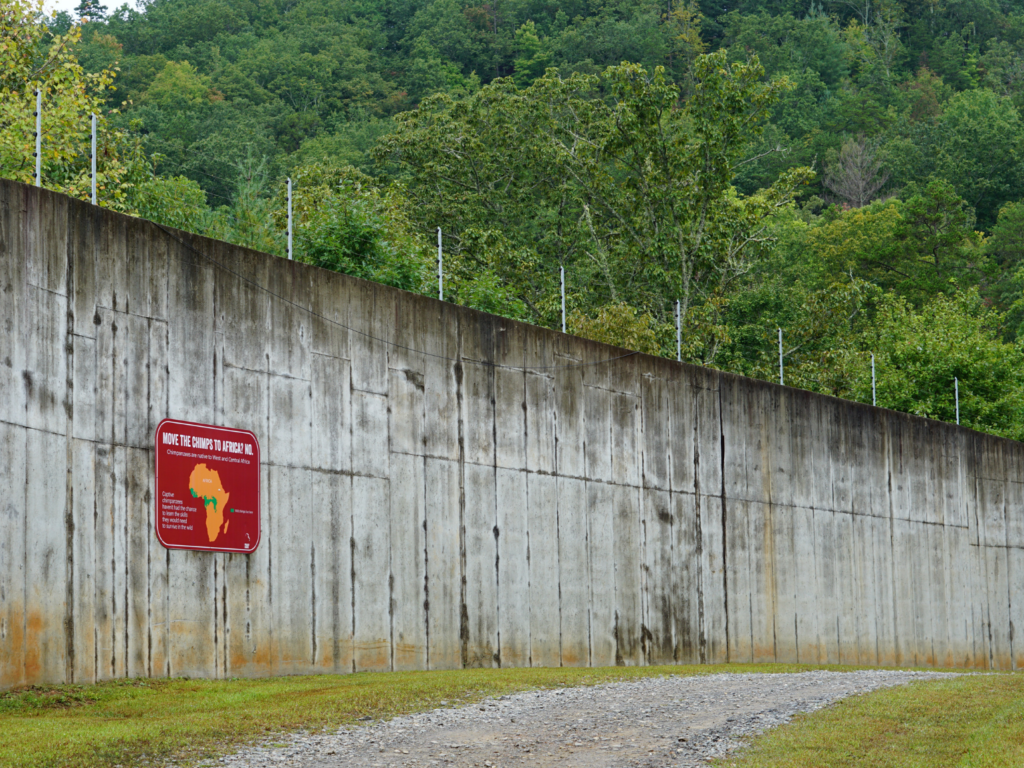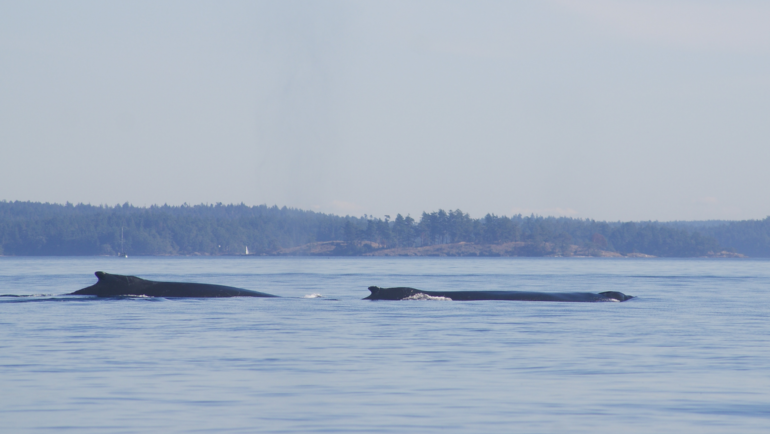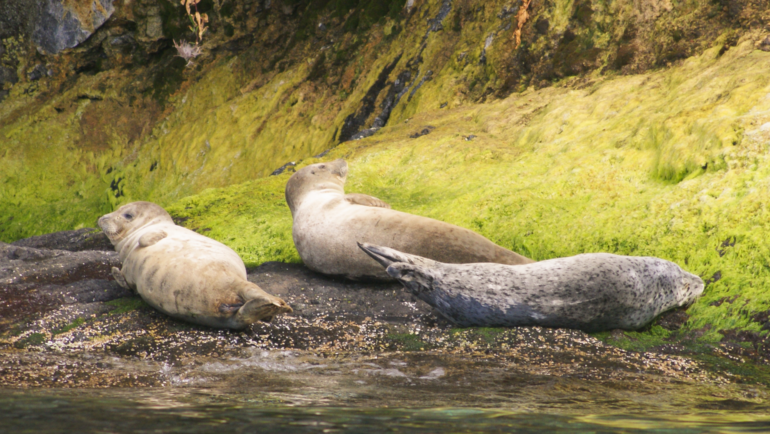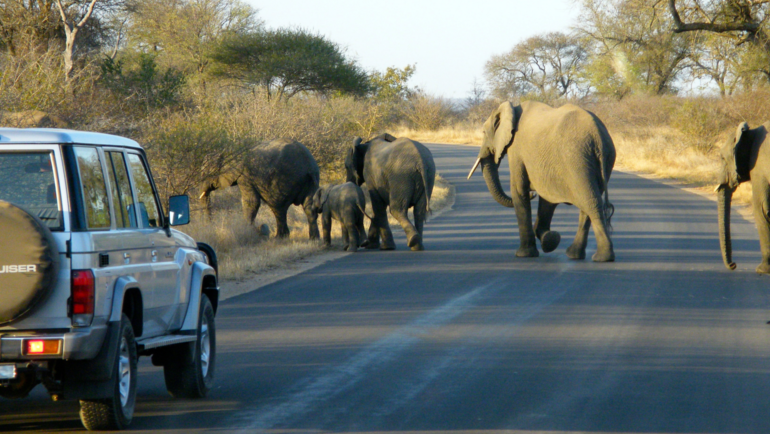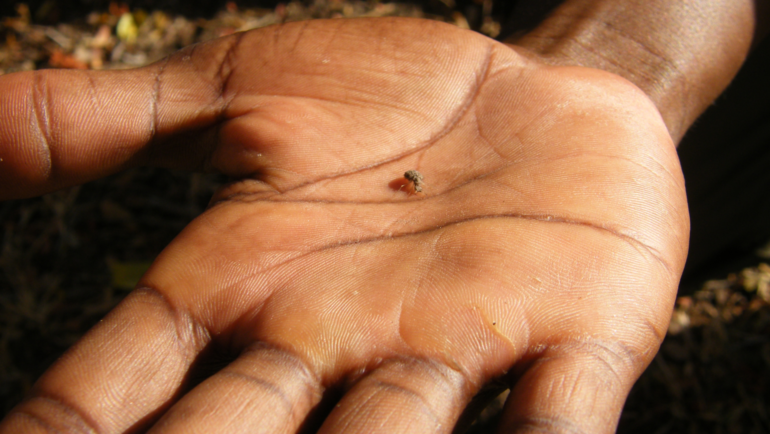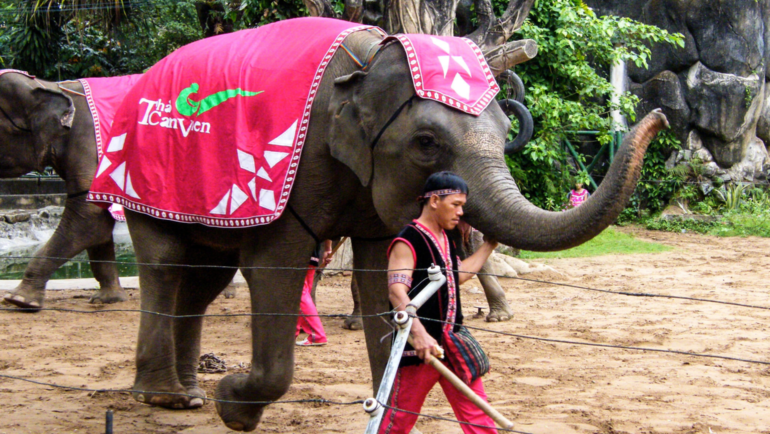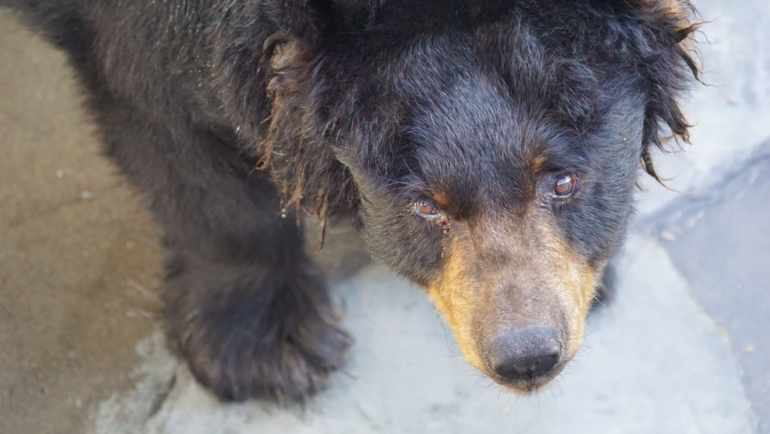Let’s take a journey for wildlife as we visit Project Chimps, a sanctuary dedicated to caring for retired research chimpanzees!
Meet Hercules the chimpanzee! This fourteen-year-old chimp has spent all but two years of his life as a research animal. At a young age when most chimps are still nursing, Hercules was taken away from his mother and moved to a lab in New York. There he was used in a study where he was forced to walk upright like humans. To measure his movements, electrodes were embedded into his muscles. Sadly, Hercules’ story is not unique; there are hundreds of chimpanzees nationwide with similar stories of abuse and suffering at the hands of biomedical research.
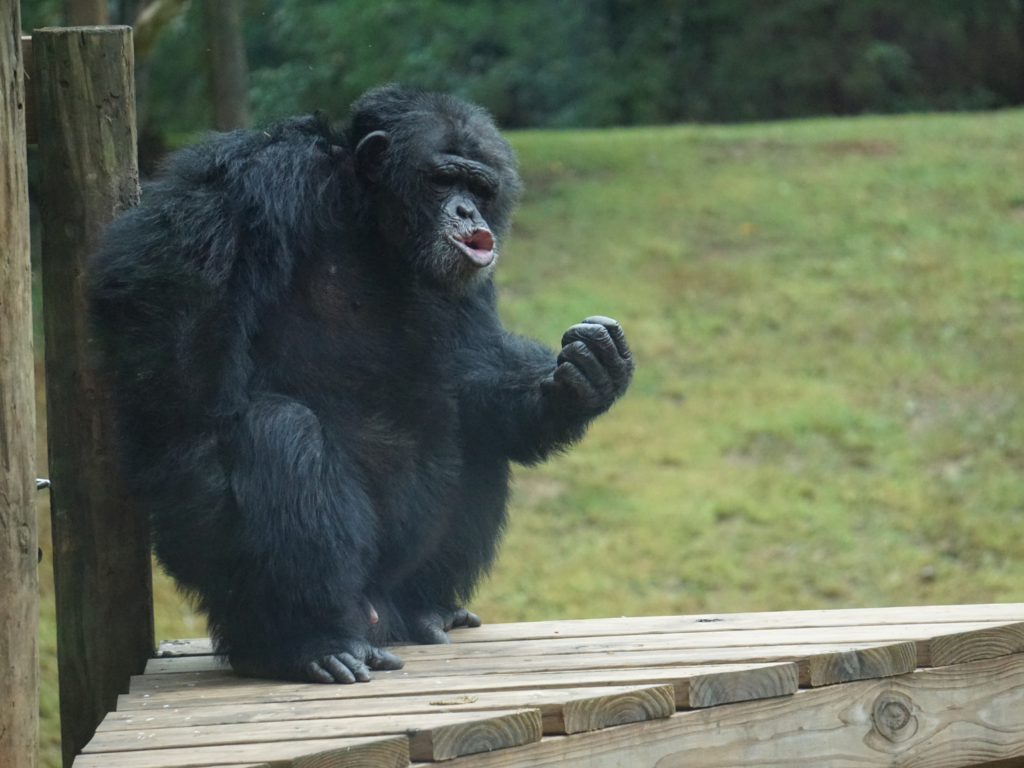
Thankfully in 2018, Hercules found his forever home with Project Chimps, the newest sanctuary dedicated to the retirement of research chimpanzees. This 236-acre eden is located in the Blue Ridge Mountains of North Georgia. The sanctuary includes a forested, six-acre habitat designed for the chimpanzees to behave naturally. There they can forage, climb, and play with no caging overhead. Since retirement Hercules has been integrated into a social group with male and female chimpanzees. For the rest of his long life, he will be able to make choices for himself and enjoy the retirement that all captive chimps deserve.
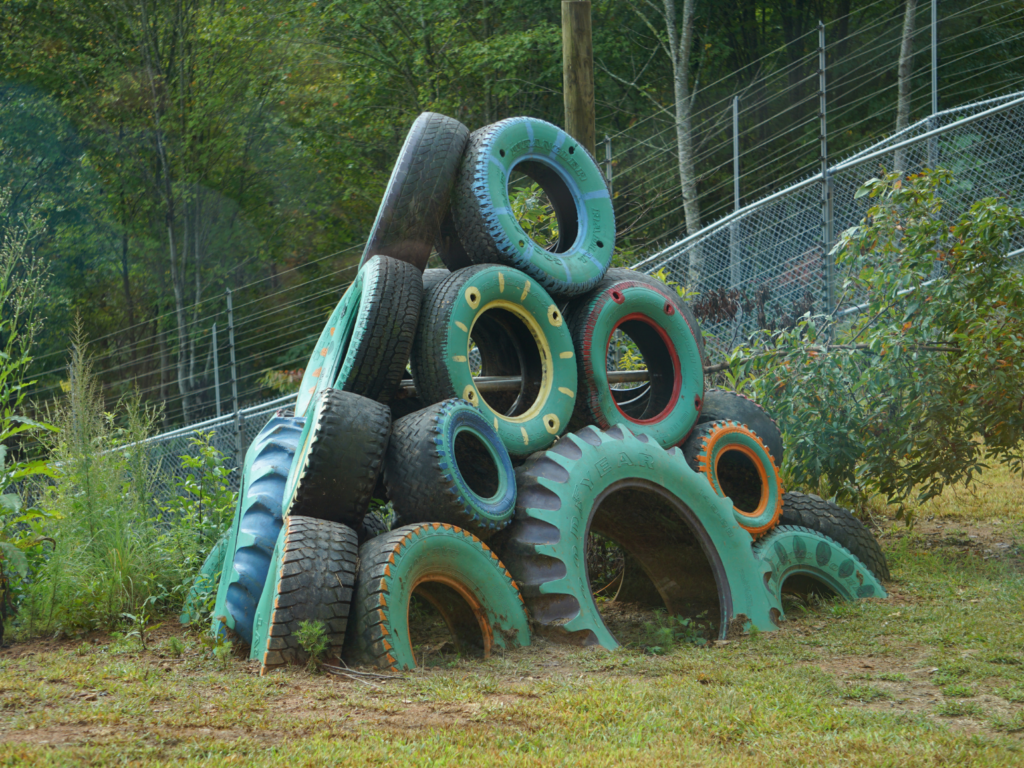
As a sanctuary, Project Chimps is not open to the public on a daily basis. But on set days each spring and fall Project Chimps welcomes visitors for guided tours of the facility and to share their mission with the community. I was able to attend this year’s fall Discovery Days, after making the four-hour drive from South Carolina. The second I arrived I was overwhelmed by the passion of all the volunteers and staff. Each proudly wore the Project Chimps logo as a badge of honor – they were all fully behind the mission to care for these chimps. I was able to see and learn so much about their work on a guided tour of the campus. Of course, being a place of retirement meant that viewing was limited to a handful of small glass windows into the habitat. I had no expectations of seeing chimps up-close, especially since each habitat is 3-acres in size. But chimps are curious creatures, and our tour group was treated to multiple chimps coming to the windows to look at their sanctuary visitors.
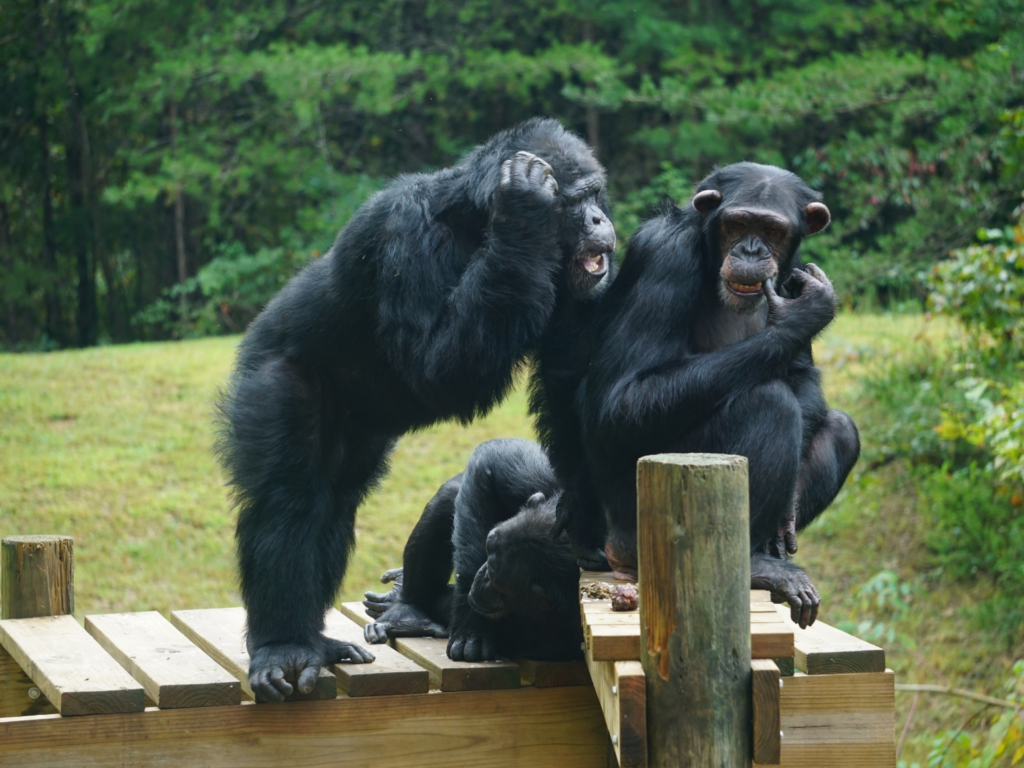
Project Chimps currently cares for 78 chimpanzees and is working to bring nearly 130 more to their retirement sanctuary. Each of their residents came from the University of Louisiana’s New Iberia Research Center. This medical research facility housed the largest population of privately-owned chimpanzees in the world. In 2014, the University came to an unprecedented agreement with the founders of Project Chimps, to surrender their chimps to the sanctuary. This was monumental and would change the lives of these 200 chimpanzees for the rest of their days.
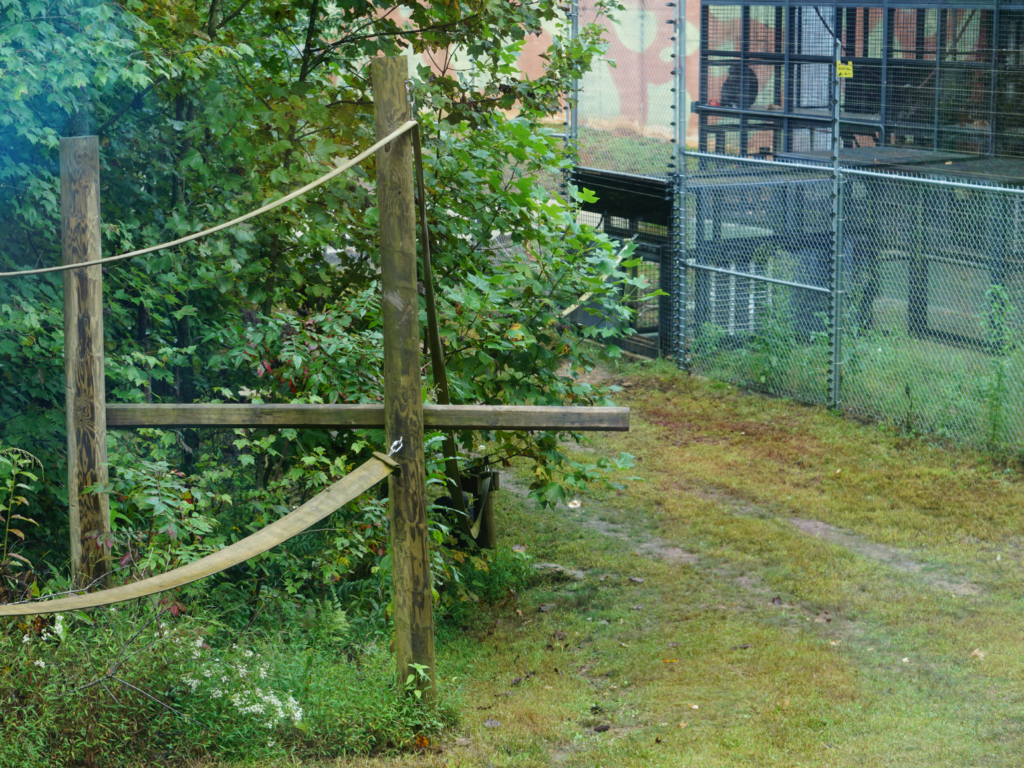
After a decades-long fight to end the use of chimpanzees in laboratory research 2015, marked the effective end of invasive experiments on all chimpanzees in the United States. This also meant that chimpanzees as a species were listed as endangered under the Endangered Species Act. The research community overwhelmingly agreed that chimps were no longer necessary for medical research, and those antiquated practices were finally condemned. But a new challenge was posed, finding proper homes for the over 700 chimpanzees housed at research facilities around the country. Currently, there are five accredited sanctuaries caring for chimps in the United States, Project Chimps is one of those five. These sanctuaries are held to the highest standards of excellence in animal care for the hundreds of retired chimpanzees.
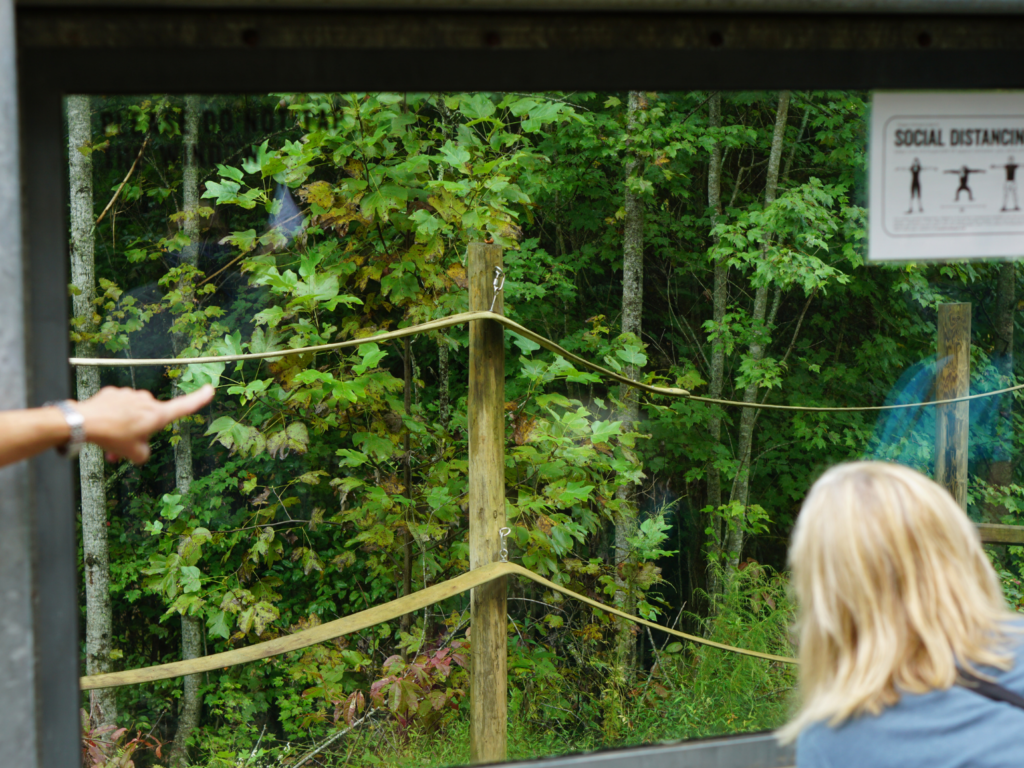
In 2016 Project Chimps welcomed their first residents, they will continue to welcome more chimps in phases until all 200 chimpanzees from Louisiana are at the sanctuary. They have the vision to develop a 25-acre network of connected outdoor habitats and structures. This dynamic campus will provide chimps the ability to explore and travel just as their wild counterparts do. A design like this will give the chimps the autonomy to make choices on where, how, and with whom they want to spend their time. This model, called fission-fusion, will be the first of its kind for retired chimps and will mirror the social structure of wild chimpanzees.
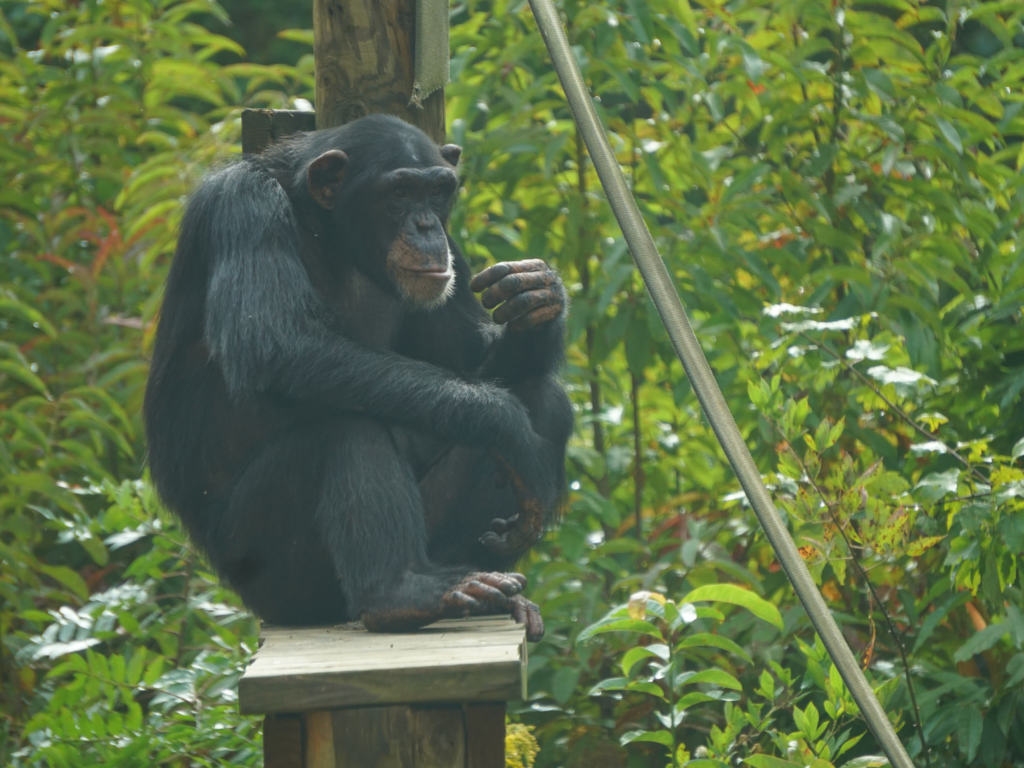
I believe that all research chimpanzees deserve retirement in accredited sanctuaries. For the research industry, it is the end of a barbaric era, but for these chimpanzees, it is just the beginning of getting to be chimps. To support this amazing work, visit the Project Chimps website for more information.
